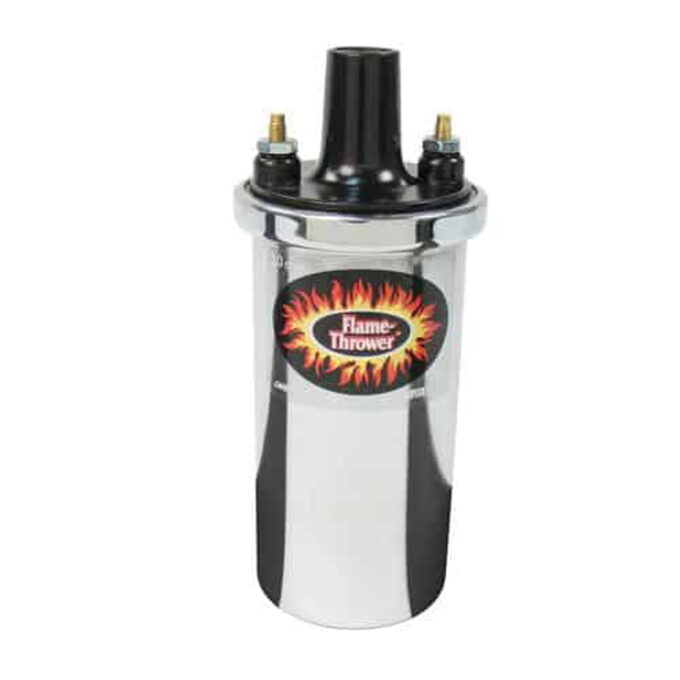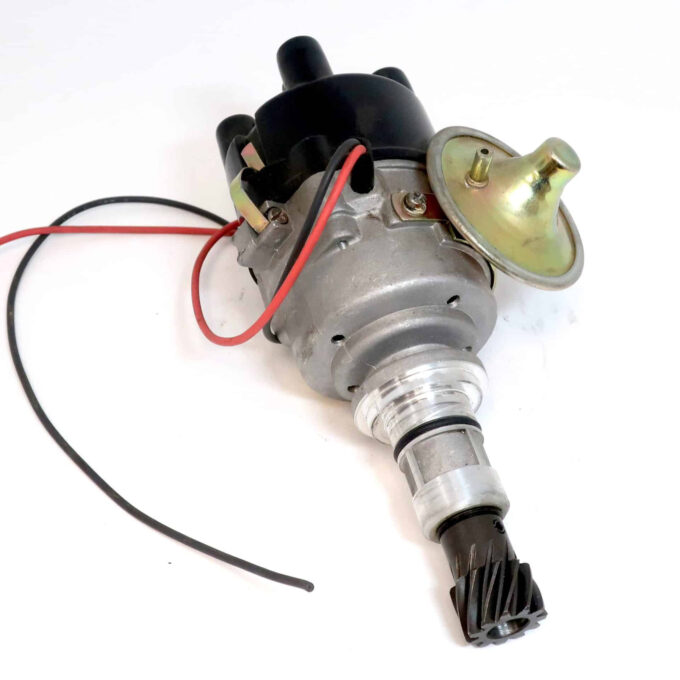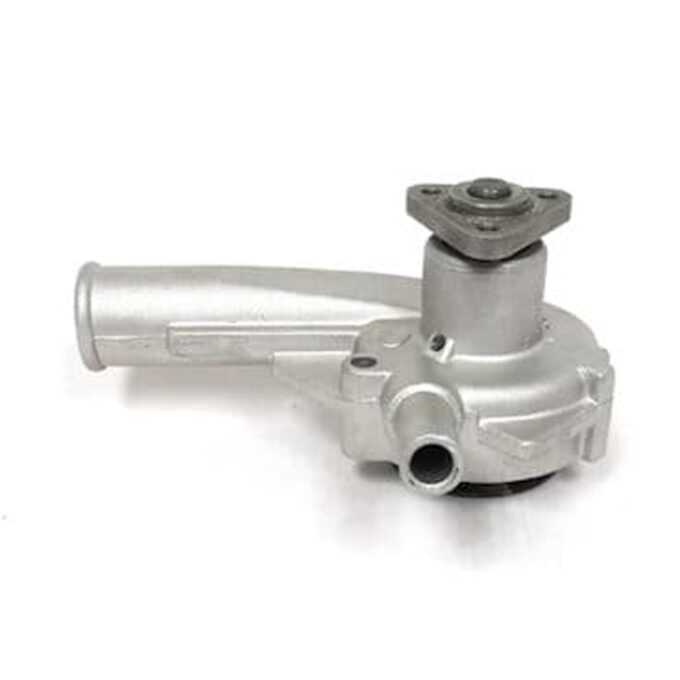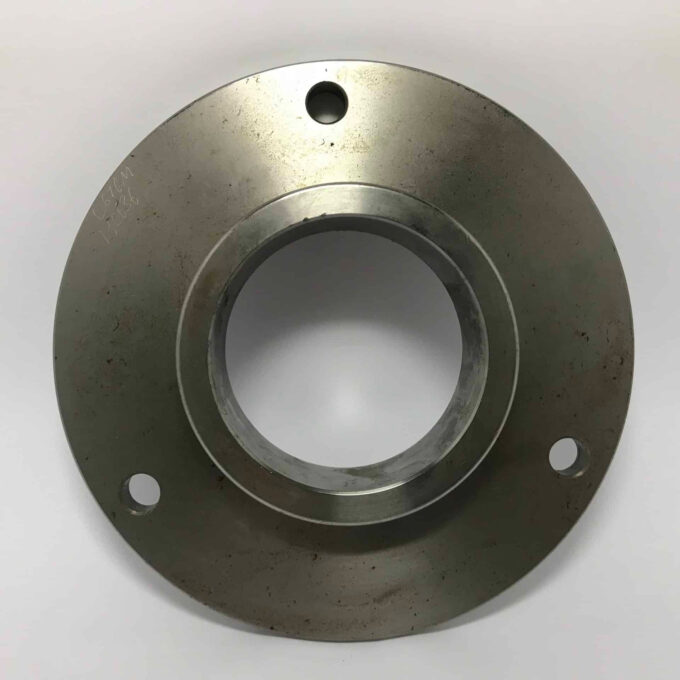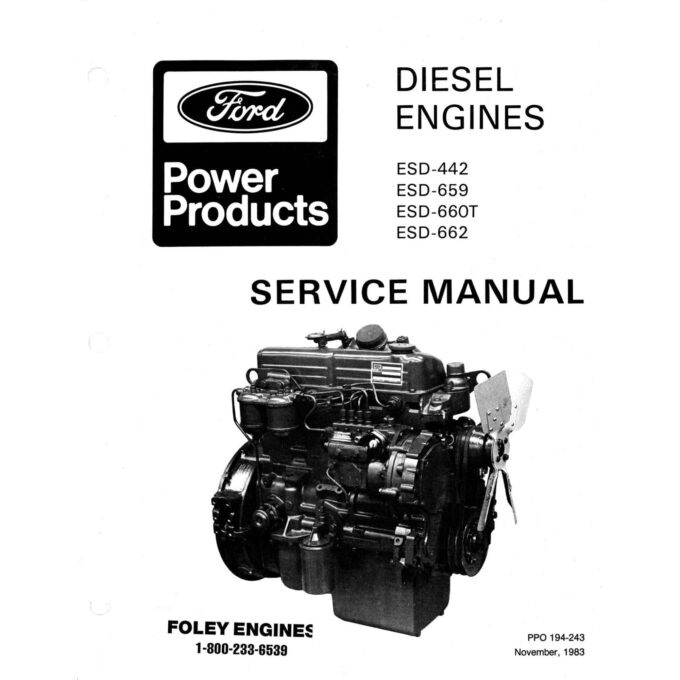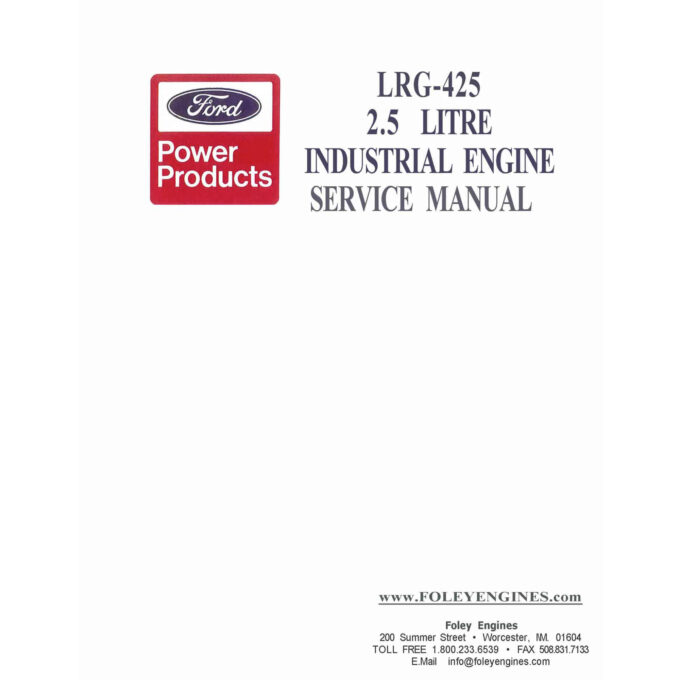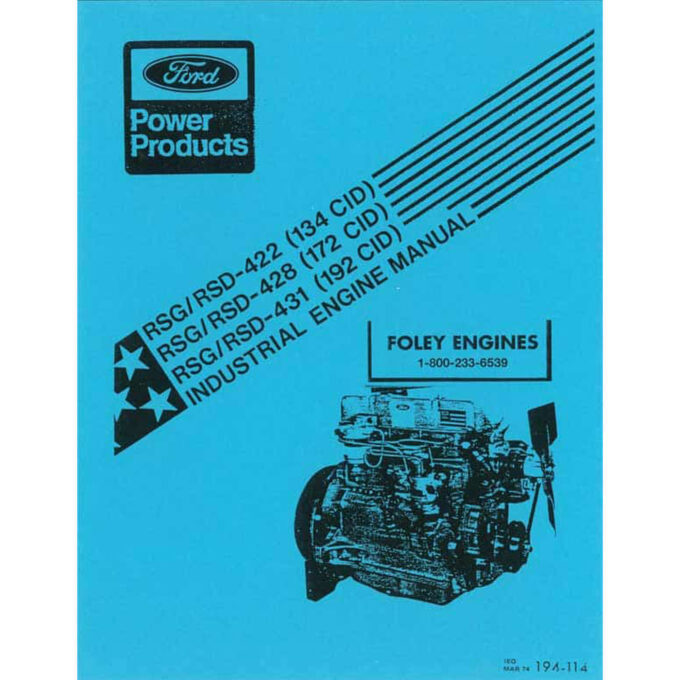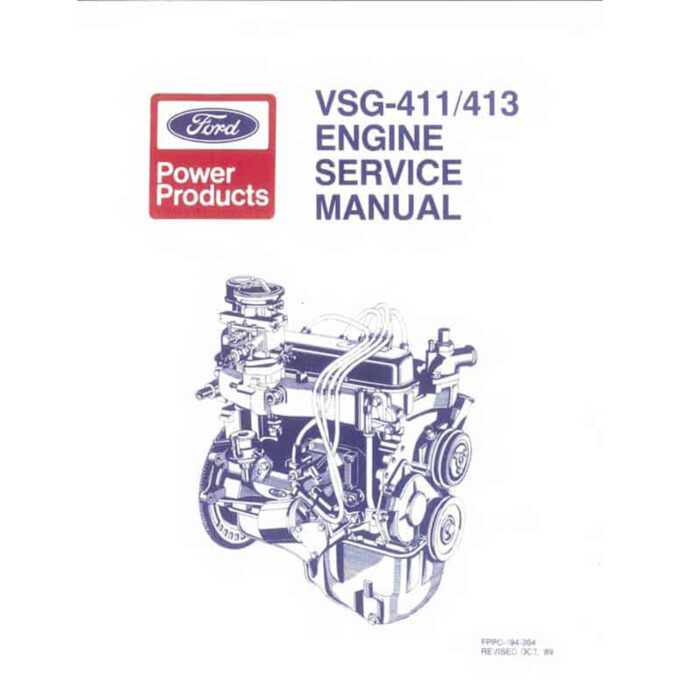This is one in a series of Tech Tips that we publish for the industrial engine community. It focuses on the Ford 300 Industrial Engine, also known as the CSG649i engine, and follows on the heels of earlier tech tips on this subject. See for example Tech Tip #24: Ford 300 Industrial Downdraft Carburetors, Tech Tip #148: Ford Industrial In-Line 6 Cylinder Gas Engines: How to Tell Them Apart and Tech Tip # 152: Ford 300 Industrial Engines.
This Tech Tip will help you when it comes time to call us to order parts.
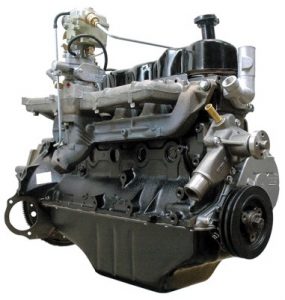 How to Identify Your Ford 300 Industrial Engine
How to Identify Your Ford 300 Industrial Engine
- Rear Crank Shaft Seal: The early CSG649i engines used a two piece rear seal. The late style used a one piece seal.
- Rocker Arm Supports: The early Ford 300 used 3/8″ inch threaded rocker arm studs, the middle period Ford 300 industrial engine used threaded studs that were 3/8″ on one end and 5/16″ on the other end, and late style CSG649i Ford 300s used a pedestal style rocker arm.
- Ford 300 Valve Covers: All are interchangeable.
- Cylinder Head: The high swirl Ford 300 cylinder heads produced from 1987 to 1997 have an E 7 casting number and a heart shaped combustion chamber. This is a light duty head and should not be used in an industrial application. The true Ford 300 industrial heads will have an oval or D shaped combustion chamber.
Written by Dr. Diesel
Knowledge is power. To help our customers, we share tech tips summarizing some of our opinions, knowledge and information of interest that we have gathered since 1916 when Foley Engines opened for business. If you have any questions or comments, go to “Ask Dr. Diesel™” where you can pose questions about engines, clutches, exhaust scrubbers, etc.

